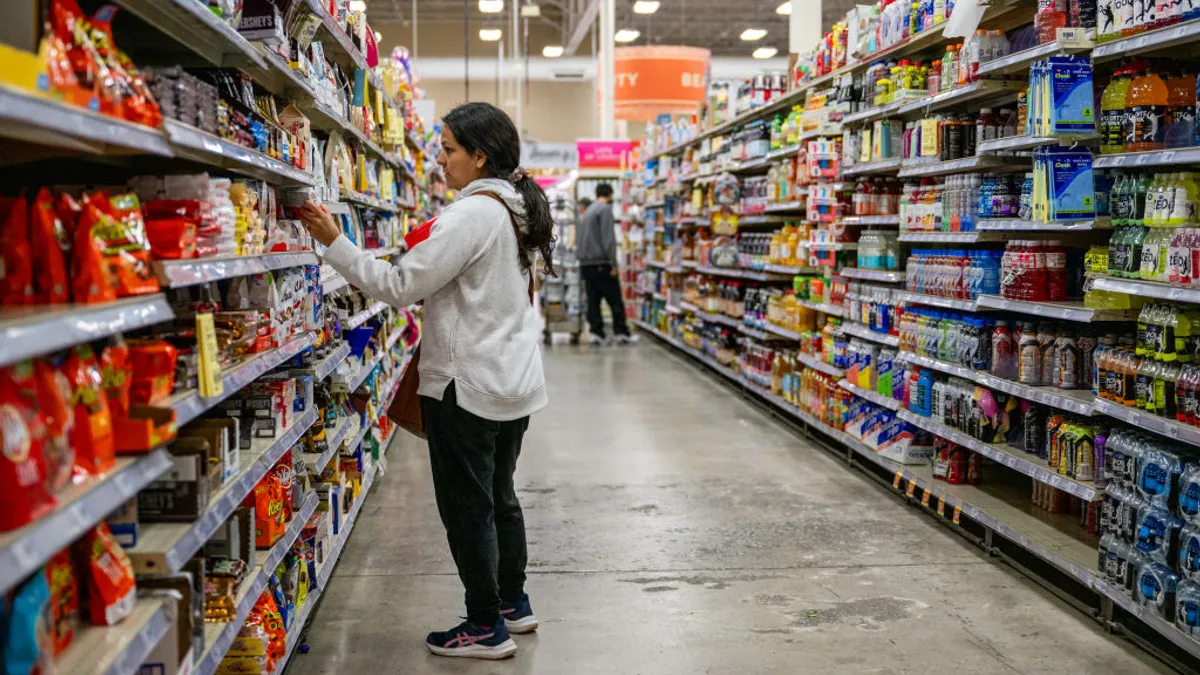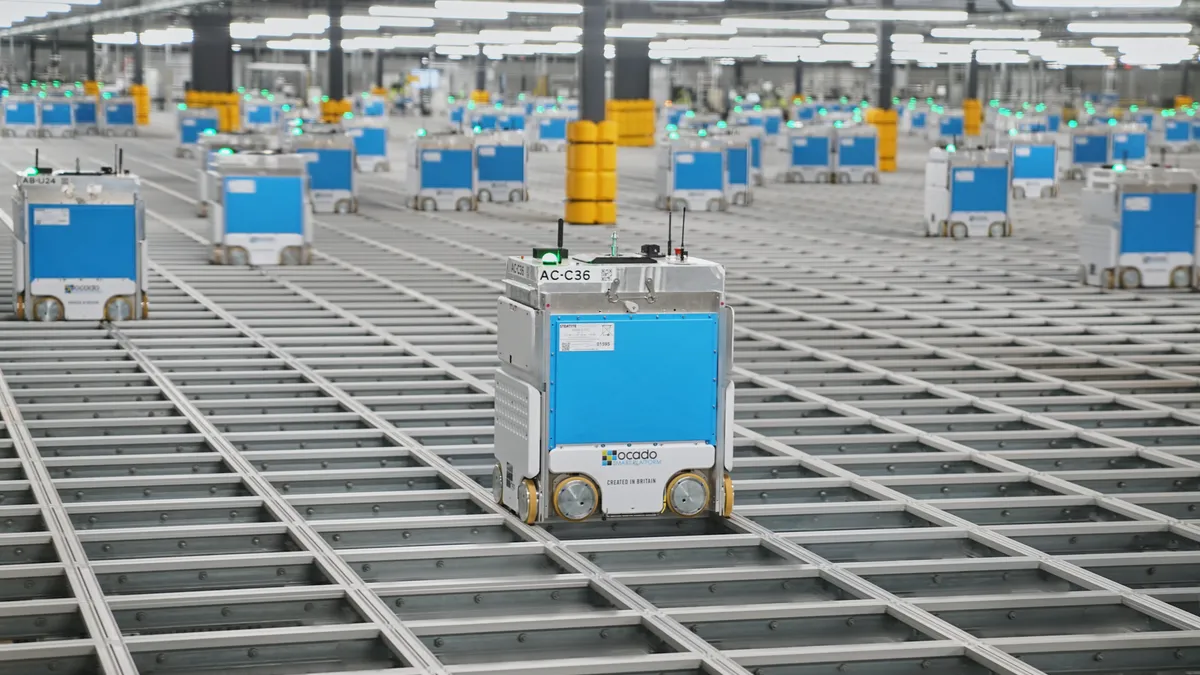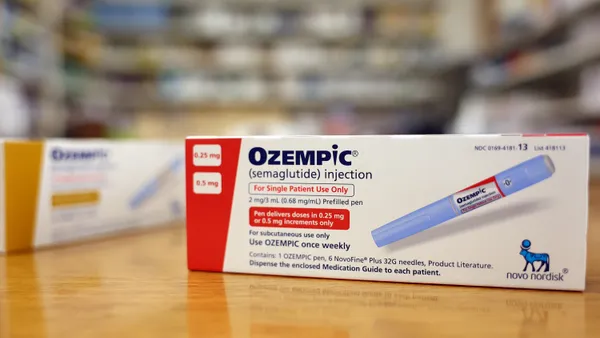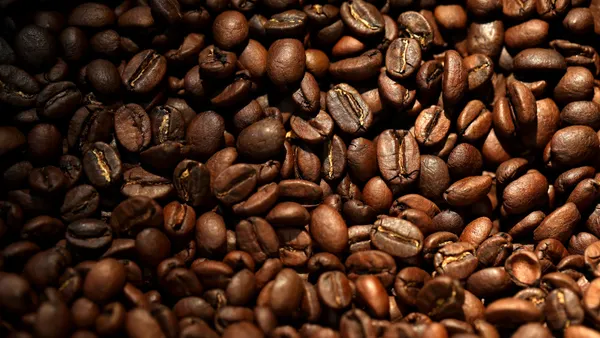While food and groceries rank in the top 20 categories with the highest tariff risk index, the non-food essentials that grocers sell are more likely to face tariff-related price hikes, according to new research from Numerator.
Household items, including plastic cutlery and disposable bowls, plates and cups, as of May 12, topped Numerator’s recently released Tariff Risk Index.
Only two grocery categories made the data firms’ list of the top 20 most at-risk categories for tariffs: dessert decorations at No. 17 and vegetable oil at No. 18.
The Tariff Risk Index is based on five key datasets — import reliance, tariff exposure, purchase power, U.S. sentiment and price sensitivity — to help brands and retailers understand which factors are driving a category’s overall risk score, according to Numerator.
Plastic cutlery, for example, has elevated tariff exposure due to heavy dependence on Chinese imports, while vegetable oil and fresh avocados are less impacted by that metric.
The indexes for frozen beef, wine, olive oils, shredded cheese, and brick and chunked cheese increased from the tariff scenario for April 9 — which saw a 10% tariff on all countries excluding Canada and Mexico and a 145% tariff on China — to the May 12 one. This most recent tariff scenario is the same as a month ago but with China’s tariffs down to 30%.
To keep up with these fast changes, Numerator underscored the importance of scenario planning to help brands and retailers anticipate how trade policy changes can alter which categories are most vulnerable to cost pressures and demand disruption, per the Tariff Risk Index webpage.
To counter potential shortages and price upticks, Numerator suggests retailers not only identify which categories are most exposed but also set up proactive pricing, sourcing or promotional strategies to offset consumer sensitivity and margin pressure.











